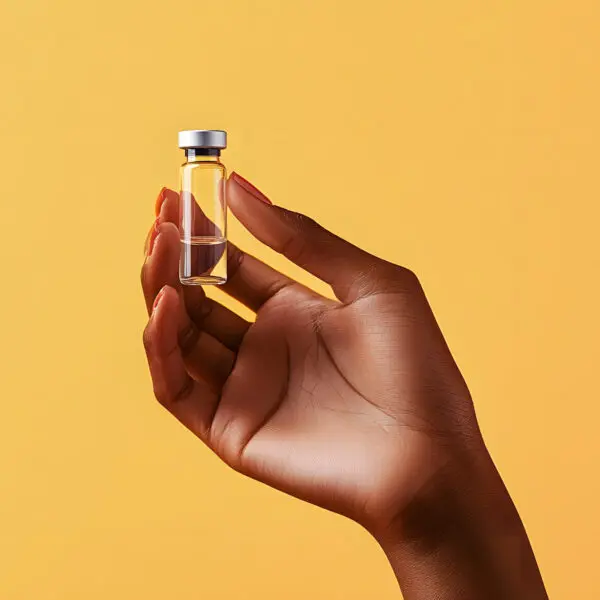Just a week or so ago I came across an interesting article from the American Academy of Orthopedic Surgeons. The title of the article was “The Role of Cytokines in Post-traumatic Arthritis”. I have been a big proponent of cytokines for some time now. When I give lectures on Stem Cells and PRP I devote a good bit of time to the study of cytokines. As I have stated before, cytokine imbalance is found in essentially in all disease states. As an Orthopedic surgeon one of the most important disease states to me is osteoarthritis. The precipitating causes of osteoarthritis are numerous. However, the end result is always the same the disease results from and produces a cytokine imbalance. In this case what came first the chicken or the egg?
Post traumatic arthritis occurs from some type of injury. As was stated in the article the end result of post traumatic arthritis is indistinguishable from primary osteoarthritis. It was pointed out that soft tissue ligamentous injury results in cartilage changes in as little as 6 weeks and can lead to osteoarthritic changes in about 18 months. It is postulated that when an injury occurs to the soft tissue an abnormal loading force results in the joint. This abnormal loading force starts to trigger inflammatory signals. It has been discovered that after a joint injury there are significant levels of Interleukin-1. Interleukin-1 is a no friend of ours. It is a significant inflammatory cytokine. It helps to recruit inflammatory cells to the tissue.
A salient aspect of the article is that soft tissue injuries will result in the release of inflammatory cytokines which will cause a whole array of symptoms. What was also mentioned was that when treating these soft tissue injuries to the joint with interleukin-1 antagonist there may be a significant reduction in the degenerative process. Reading between the lines they are extrapolating that the early treatment of the inflammatory cytokines might be the most important aspect of treatment. It seems reasonable to me these acute joint injuries might be more amenable to PRP, Stem cell, and cytokine treatments. The real tantalizing question is it possible to treat let us say an ACL tear just with the big three ( stem cells, PRP and cytokines) and hold off on surgery. As an orthopedic surgeon this seems foreign to me yet I have actually done this on a number of patients with great results. Typically when I elected this treatment protocol there were extenuating circumstances. Quite honestly when looking back in retrospect most of these patients did well. I remember the case of a 17 year old lad from Brazil who was going to a school in the Boca Raton Florida area where my practice is located. He had a complete ACL tear (as per MRI scan and physical exam) but he and his family chose not to have surgery but instead stem cells. Incredibly enough he was back playing soccer in 5 weeks. I saw him back at 12 weeks and he had essentially a normal exam. Unfortunately he was lost to followup. This does make one wonder. Are we perhaps too aggressive in our surgical approaches? I believe that as we get a better handle on cytokines it might result in a titanic shift in our treatment of injuries. I think this will occur sooner than everyone thinks.
Thanks Dr.P














